Home>Gardening & Outdoor>Landscaping Ideas>What Kind Of Grass Is Straw
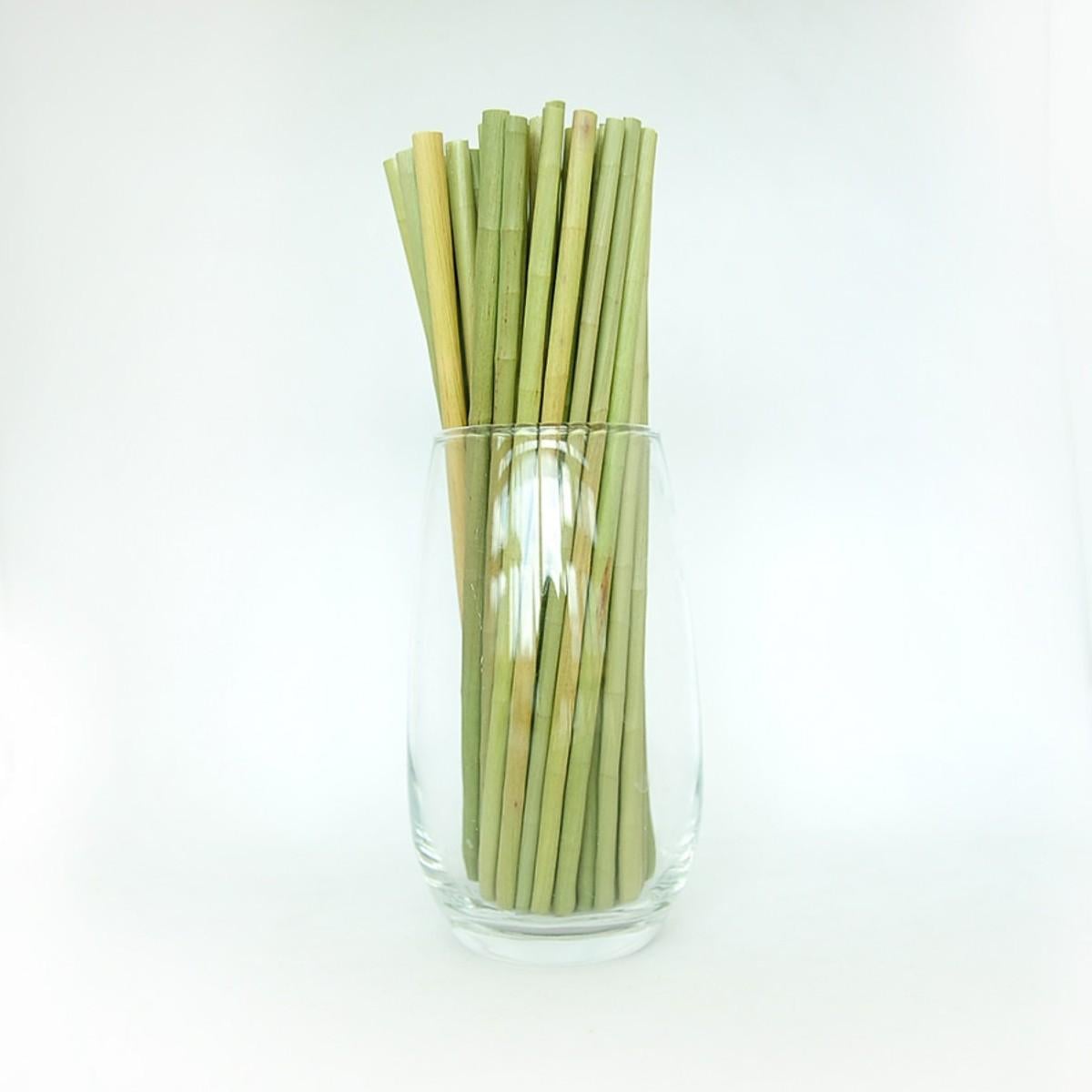

Landscaping Ideas
What Kind Of Grass Is Straw
Published: February 2, 2024
Discover the best landscaping ideas and tips for using straw as grass in your yard. Learn about different types of grass and how to incorporate straw for a beautiful lawn.
(Many of the links in this article redirect to a specific reviewed product. Your purchase of these products through affiliate links helps to generate commission for Storables.com, at no extra cost. Learn more)
Introduction
When it comes to landscaping, the use of straw can be a game-changer. Straw is not only a versatile landscaping material but also an important component in gardening, erosion control, and various agricultural practices. However, not all straw is created equal, and the type of grass used to produce straw can significantly impact its characteristics and applications. In this article, we will delve into the world of grass straw, exploring the different types of grasses used, their unique characteristics, and the diverse uses of grass straw in landscaping and beyond.
Grass straw, derived from various grass species, serves as a natural and sustainable resource that offers a myriad of benefits in landscaping and agricultural settings. Understanding the different types of grasses used for straw, their distinct features, and the practical applications of grass straw is essential for anyone looking to make informed decisions about landscaping materials and sustainable land management practices.
Key Takeaways:
- Grass straw, from wheatgrass to rice, offers diverse benefits like erosion control, mulching, and landscaping. Its texture, color, and durability make it a versatile and sustainable choice for outdoor projects.
- Different types of grass straw, such as rye and barley, serve various purposes like animal bedding, algae control, and composting. They contribute to soil health, water conservation, and ecological resilience in outdoor environments.
Read more: What Does Straw Do For Grass Seed
Types of Grasses Used for Straw
Several types of grasses are commonly used to produce straw for landscaping and agricultural purposes. Each type of grass imparts unique characteristics to the resulting straw, making it important to consider the specific qualities of different grasses when selecting straw for various applications.
1. Wheatgrass: Wheatgrass straw is a popular choice for landscaping due to its durability and rich golden hue. It is often used for erosion control, mulching, and as a bedding material for newly seeded lawns. Wheatgrass straw is known for its ability to retain moisture, making it an excellent choice for promoting healthy plant growth in landscaping projects.
2. Rye Grass: Rye grass straw is prized for its fine texture and vibrant green color. It is commonly used in landscaping and gardening to create a lush, uniform appearance in lawns and garden beds. Rye grass straw is also valued for its ability to decompose relatively quickly, enriching the soil with organic matter and nutrients.
3. Barley Straw: Barley straw is often used in aquatic environments, particularly in pond maintenance. It is known for its ability to inhibit the growth of algae, making it an effective natural solution for controlling algae blooms in ponds and water features. Barley straw is also utilized in gardening and landscaping to provide natural weed suppression and moisture retention.
4. Oat Straw: Oat straw is valued for its versatility and is commonly used in landscaping, animal bedding, and gardening. Its light color and pliable nature make it an attractive option for decorative purposes, such as creating pathways and mulching garden beds. Oat straw is also a popular choice for animal bedding due to its soft texture and absorbent qualities.
5. Rice Straw: Rice straw is widely used in agricultural and landscaping applications. It is known for its strength and ability to provide effective erosion control on slopes and embankments. Rice straw is also utilized in organic gardening as a mulching material, helping to suppress weeds and conserve soil moisture.
These are just a few examples of the diverse range of grasses used to produce straw for landscaping and agricultural purposes. Each type of grass straw offers unique benefits and characteristics, making it essential to carefully consider the specific requirements of a landscaping project when choosing the most suitable grass straw for the job.
Characteristics of Grass Straw
Grass straw, derived from a variety of grass species, possesses distinct characteristics that make it a valuable and versatile landscaping material. Understanding the unique traits of grass straw is essential for selecting the most suitable type for specific landscaping and agricultural applications.
1. Texture: Grass straw exhibits a range of textures, from fine and pliable to coarse and durable, depending on the type of grass from which it is derived. This diversity in texture allows for the adaptation of grass straw to various landscaping needs, from creating soft and comfortable bedding for animals to providing effective erosion control on slopes and embankments.
2. Color: Grass straw comes in an array of natural colors, including golden hues, vibrant greens, and light tones. The color of grass straw can contribute to the aesthetic appeal of landscaping projects, providing options for creating visually striking contrasts or cohesive natural palettes in garden beds, pathways, and erosion control measures.
3. Durability: Different types of grass straw offer varying degrees of durability, influencing their longevity and effectiveness in different applications. Some grass straws are prized for their ability to withstand heavy foot traffic, making them ideal for pathways and high-traffic areas, while others excel in providing long-term mulching and weed suppression benefits in garden beds and agricultural settings.
4. Moisture Retention: Grass straw exhibits diverse moisture retention capabilities, with some types effectively retaining moisture to promote healthy plant growth, while others prioritize efficient drainage to prevent waterlogging. Understanding the moisture retention characteristics of different grass straws is crucial for optimizing their use in landscaping and agricultural practices.
5. Decomposition Rate: Grass straw varies in its decomposition rate, influencing its role in enriching the soil with organic matter and nutrients. Some types of grass straw decompose relatively quickly, providing a continuous source of organic material for soil improvement, while others maintain their structural integrity for extended periods, offering long-lasting erosion control and weed suppression benefits.
By considering these key characteristics of grass straw, landscapers, gardeners, and agricultural practitioners can make informed decisions about the most suitable types of grass straw for their specific needs. Whether it’s creating visually appealing landscapes, promoting healthy plant growth, or implementing sustainable erosion control measures, the diverse characteristics of grass straw offer a wealth of possibilities for enhancing outdoor spaces and fostering ecological balance.
Straw is not a type of grass, but rather the dried stalks of cereal plants like wheat, barley, or oats. If you’re looking for grass for your lawn, consider options like Bermuda, Kentucky bluegrass, or fescue.
Uses of Grass Straw
Grass straw, derived from a variety of grass species, serves a multitude of practical and aesthetic purposes in landscaping, gardening, and agricultural settings. Its diverse characteristics make it a valuable resource with a wide range of applications, contributing to sustainable land management and enhancing outdoor spaces in numerous ways.
1. Erosion Control: Grass straw is widely used to mitigate soil erosion on slopes, embankments, and construction sites. Its ability to form a protective layer over the soil helps stabilize the ground, prevent sediment runoff, and promote the establishment of vegetation, making it an essential component in erosion control measures.
2. Mulching: Grass straw serves as an effective mulching material in garden beds, orchards, and agricultural fields. Its moisture retention properties help conserve soil moisture, suppress weed growth, and regulate soil temperature, fostering optimal conditions for plant growth and reducing the need for irrigation and weed management.
3. Landscaping: Grass straw is utilized in landscaping to create natural pathways, define garden borders, and add visual interest to outdoor spaces. Its diverse colors and textures offer opportunities for creative landscaping designs, from rustic and naturalistic arrangements to contemporary and structured layouts.
4. Animal Bedding: Certain types of grass straw, such as oat straw and wheatgrass straw, are commonly used as bedding material for animals. Their soft texture, moisture-absorbing capabilities, and natural insulation properties provide comfortable and hygienic bedding for livestock, poultry, and pets.
5. Algae Control: Barley straw, in particular, is employed in aquatic environments to inhibit the growth of algae. Placing barley straw in ponds and water features can help naturally control algae blooms, promoting clearer water and a healthier aquatic ecosystem without the need for chemical treatments.
6. Soil Amendment: As grass straw decomposes, it enriches the soil with organic matter, nutrients, and beneficial microorganisms, contributing to soil health and fertility. Incorporating decomposed grass straw into the soil improves its structure, moisture retention, and nutrient content, supporting healthy plant growth in gardens and agricultural fields.
7. Composting: Grass straw can be added to compost piles to provide carbon-rich material that balances the nitrogen-rich components, such as kitchen scraps and green waste. Its gradual decomposition contributes to the production of nutrient-rich compost, enhancing soil fertility and promoting sustainable gardening practices.
By harnessing the diverse uses of grass straw, landscapers, gardeners, and agricultural practitioners can implement sustainable and environmentally friendly solutions for erosion control, soil improvement, landscaping aesthetics, and animal husbandry. The versatility and ecological benefits of grass straw make it a valuable ally in creating resilient and vibrant outdoor environments while promoting responsible land stewardship.
Conclusion
Grass straw, derived from a variety of grass species, is a versatile and valuable resource that plays a pivotal role in sustainable landscaping, gardening, and agricultural practices. The diverse types of grasses used to produce straw impart unique characteristics to this natural material, offering a wide array of applications that contribute to ecological balance and aesthetic enhancement of outdoor spaces.
Understanding the distinct qualities of different grass straws, including texture, color, durability, moisture retention, and decomposition rate, is essential for selecting the most suitable type for specific landscaping and agricultural needs. Whether it’s providing effective erosion control, enhancing soil fertility, creating visually appealing landscapes, or supporting animal husbandry, grass straw offers a wealth of possibilities for sustainable land management and outdoor design.
By harnessing the diverse uses of grass straw, from erosion control and mulching to landscaping and composting, individuals and organizations can implement environmentally friendly solutions that promote soil health, water conservation, and ecological resilience. The natural properties of grass straw not only contribute to the aesthetic appeal of outdoor spaces but also support sustainable land stewardship practices that benefit the environment and the communities that interact with these landscapes.
As the demand for sustainable landscaping materials continues to grow, the significance of grass straw in promoting ecological balance and responsible land management cannot be overstated. Its multifaceted applications and ecological benefits make grass straw an indispensable ally in creating vibrant, resilient, and harmonious outdoor environments that thrive in harmony with nature.
By recognizing the inherent value of grass straw and embracing its diverse uses, we can pave the way for a more sustainable and visually captivating landscape that embodies the principles of environmental stewardship and ecological harmony.
Frequently Asked Questions about What Kind Of Grass Is Straw
Was this page helpful?
At Storables.com, we guarantee accurate and reliable information. Our content, validated by Expert Board Contributors, is crafted following stringent Editorial Policies. We're committed to providing you with well-researched, expert-backed insights for all your informational needs.
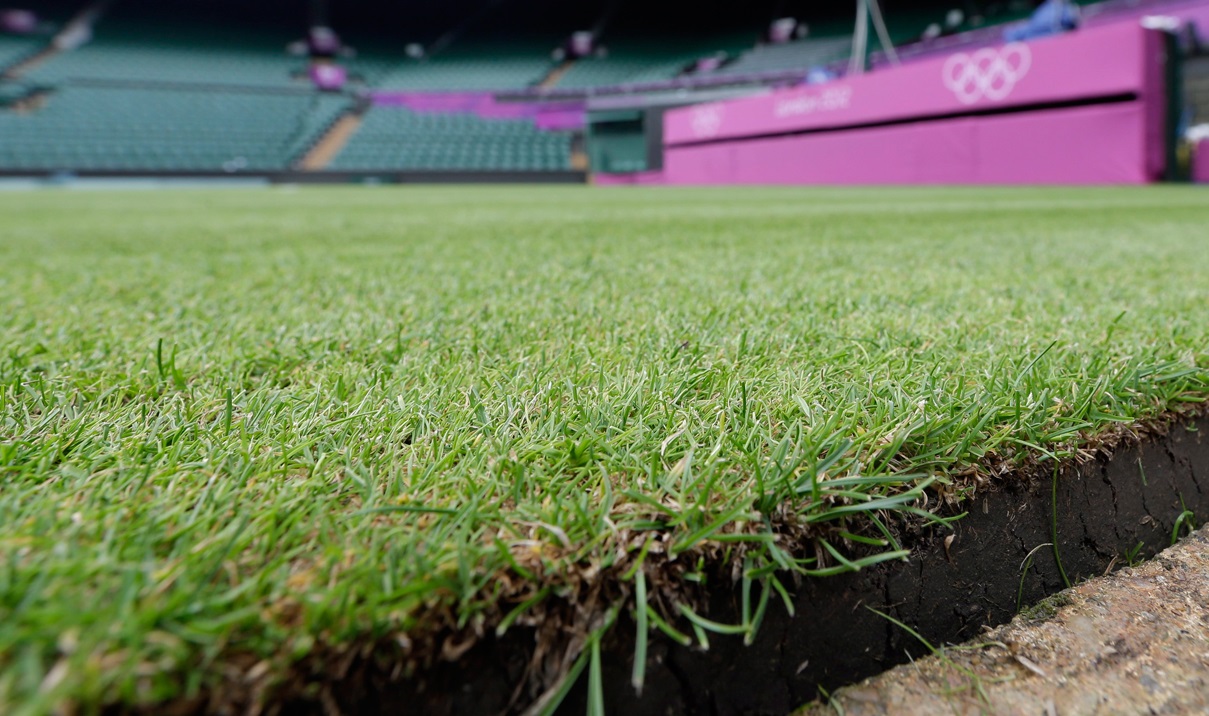
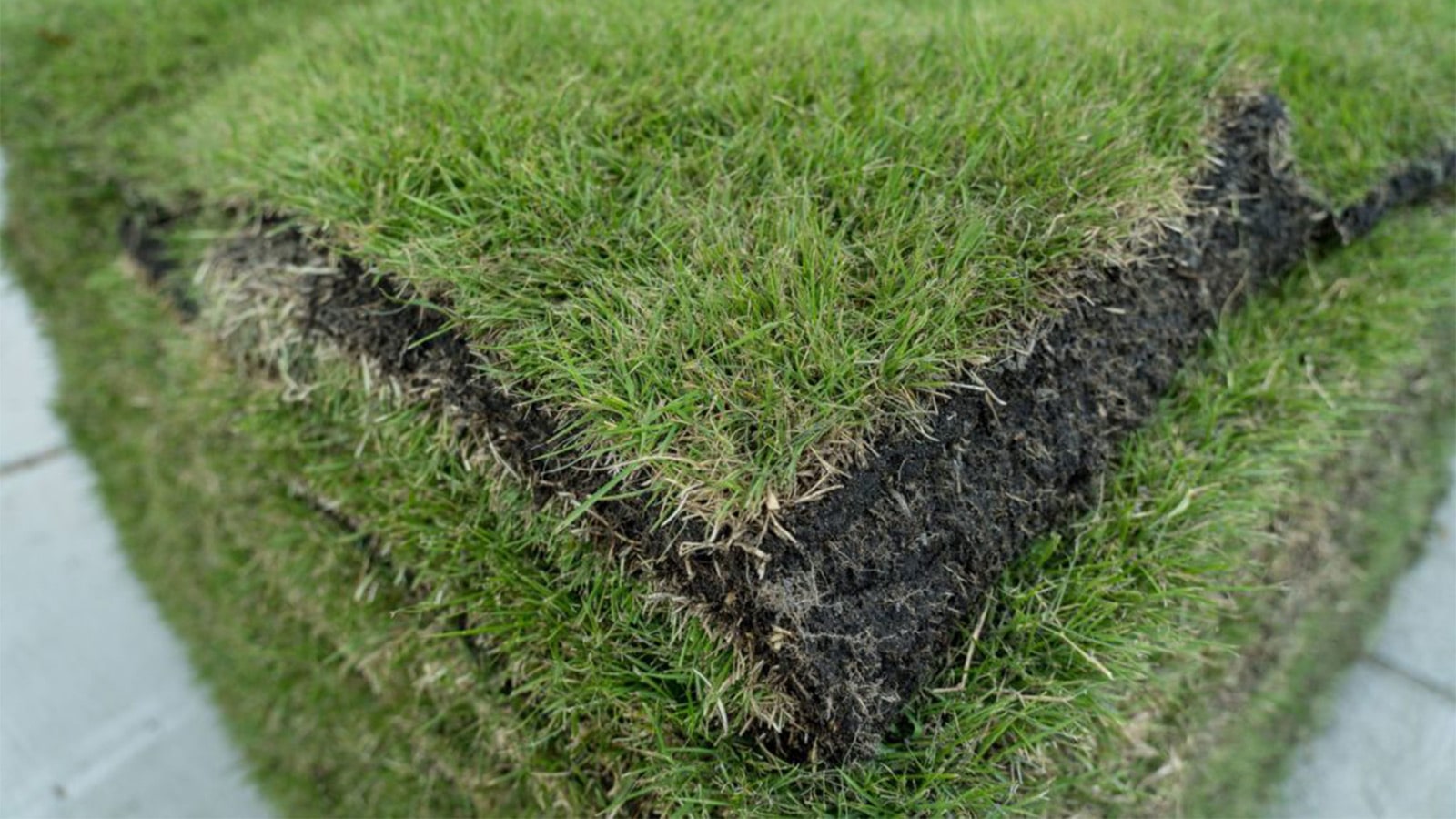
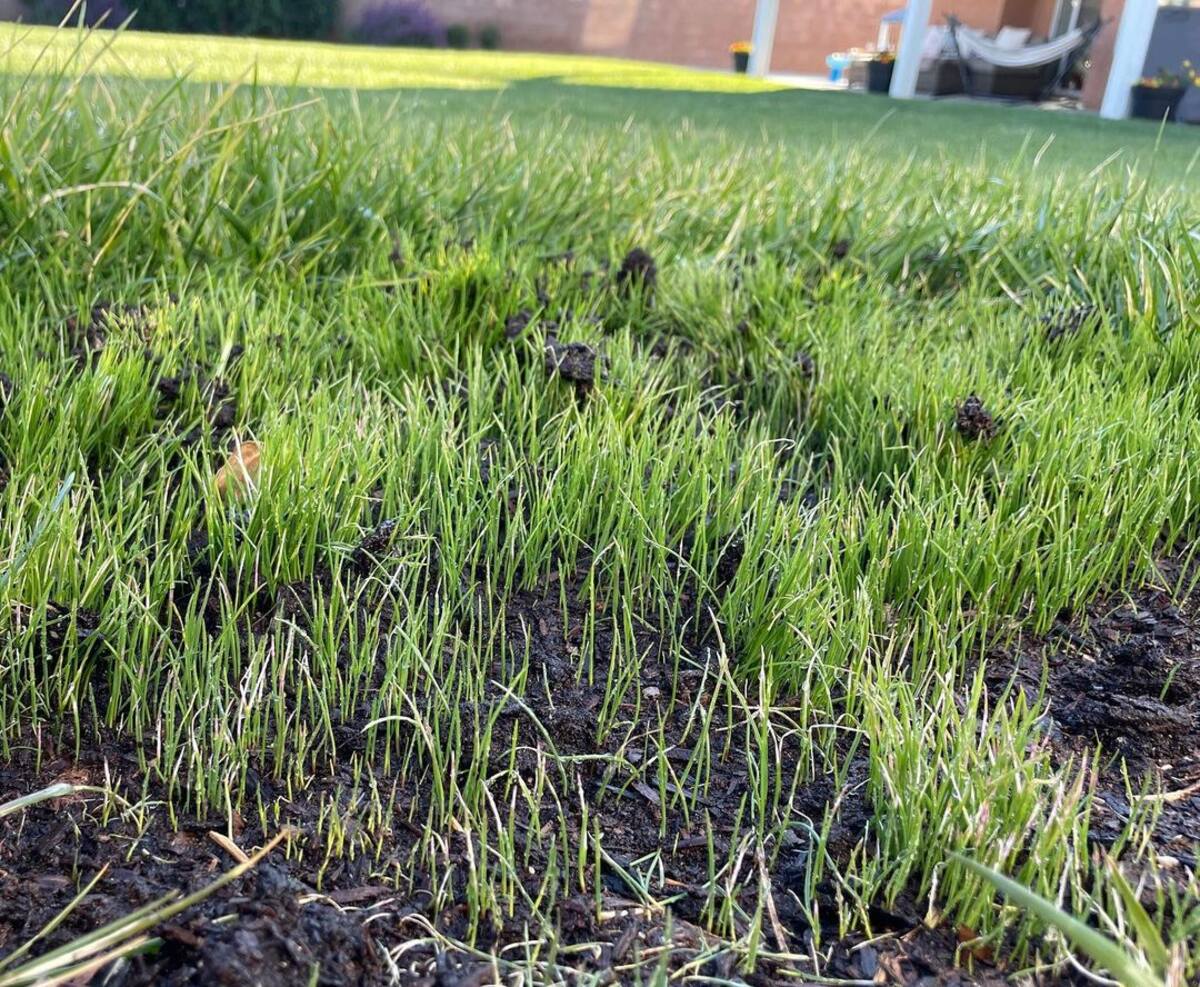
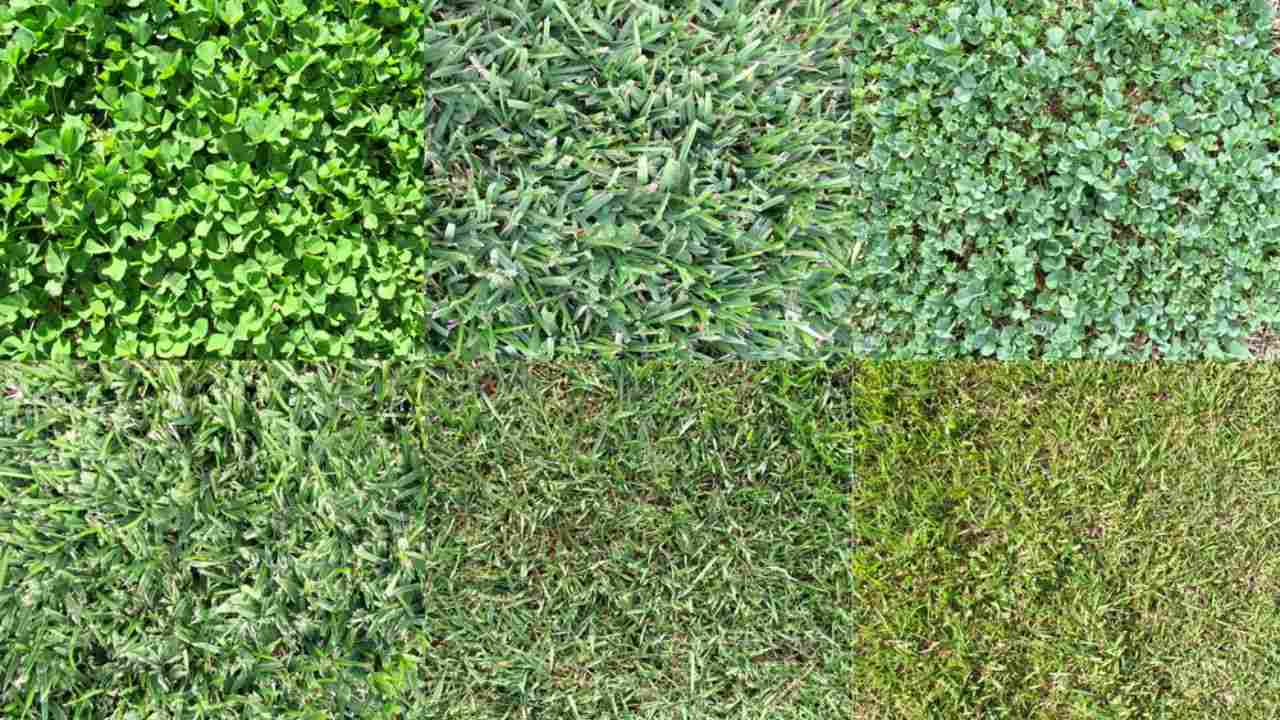
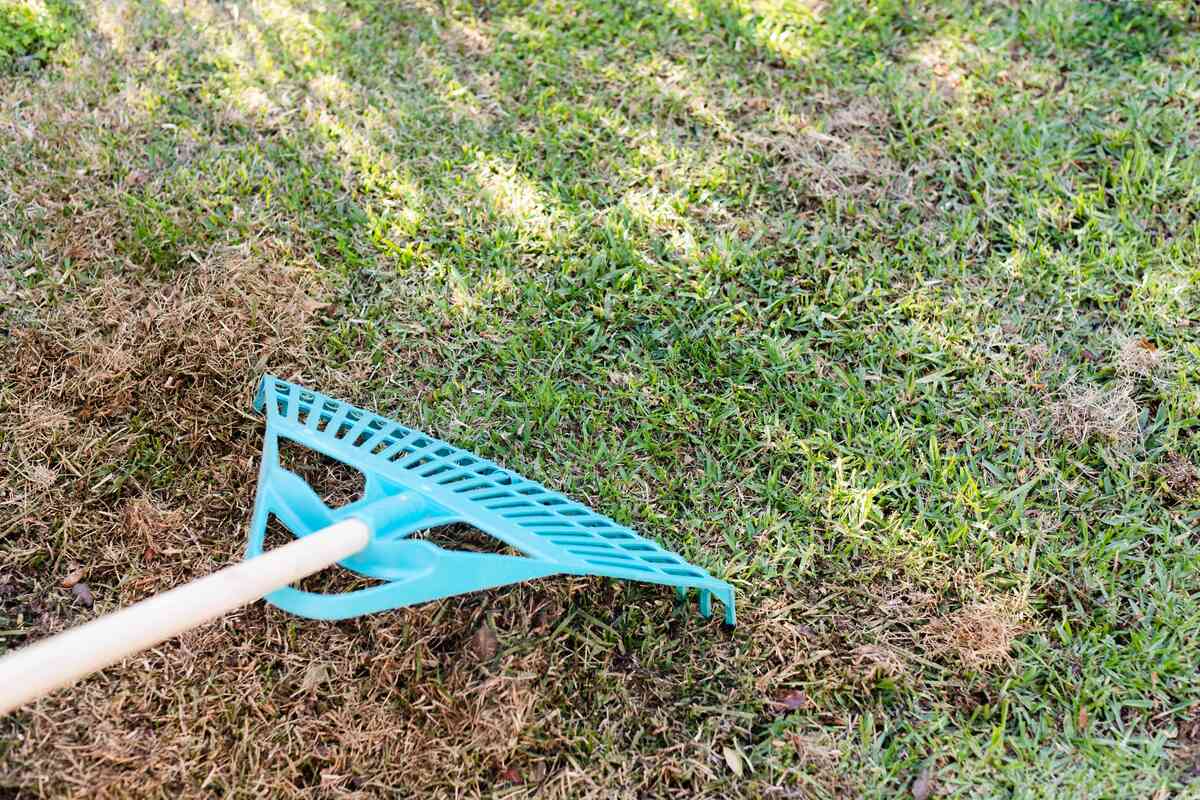
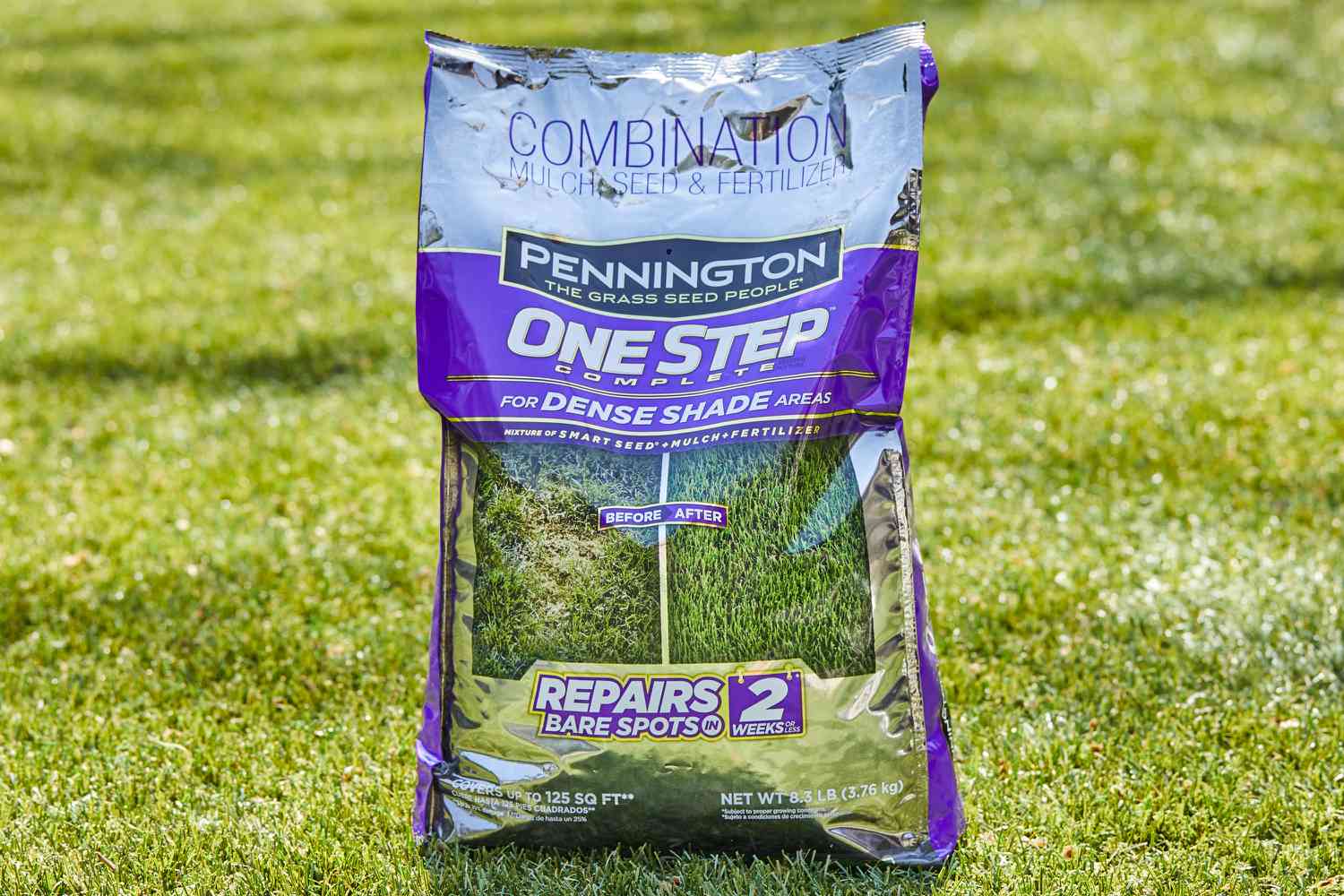
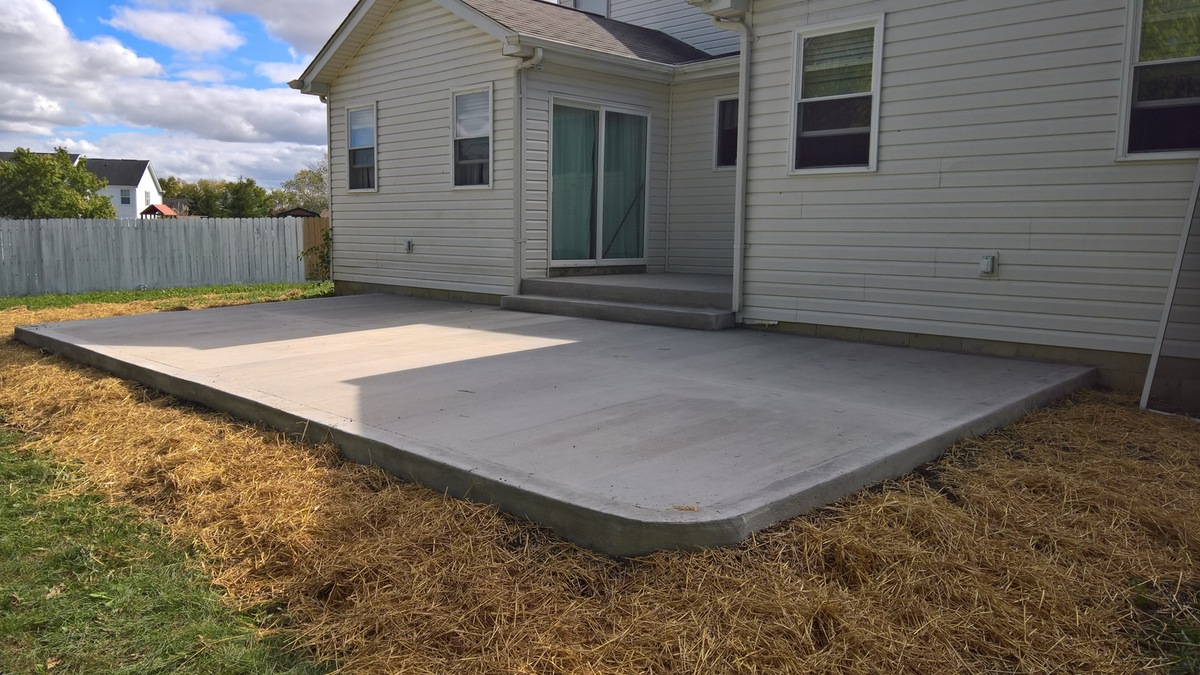
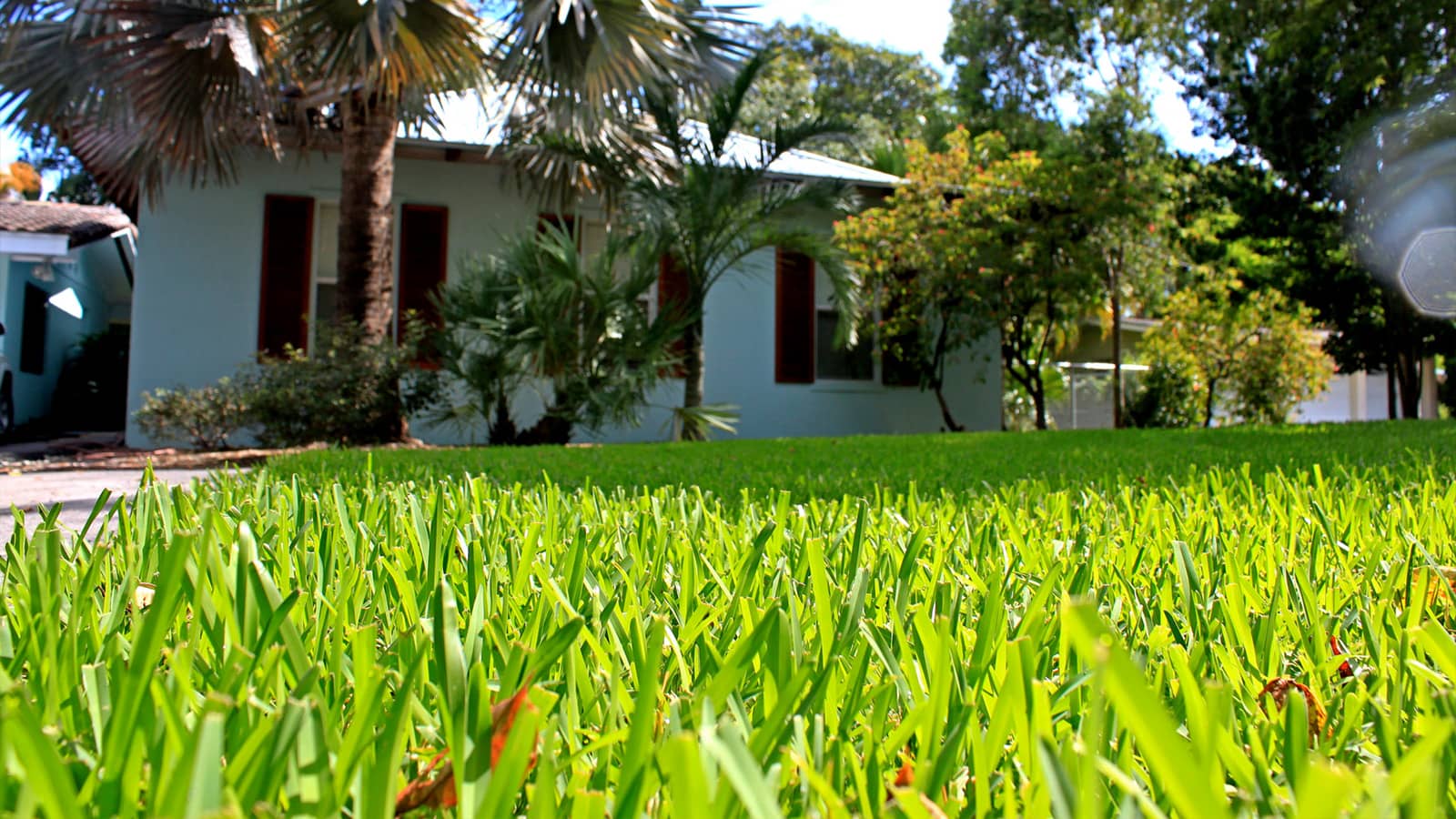
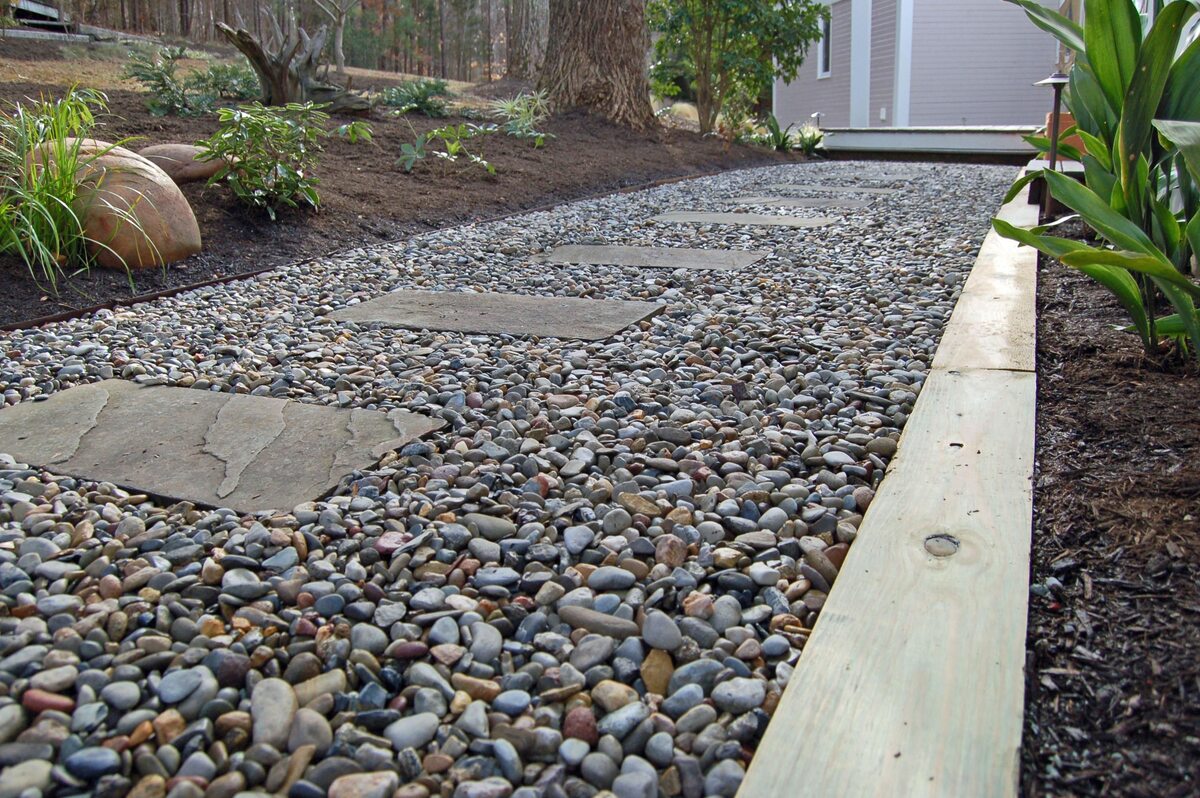
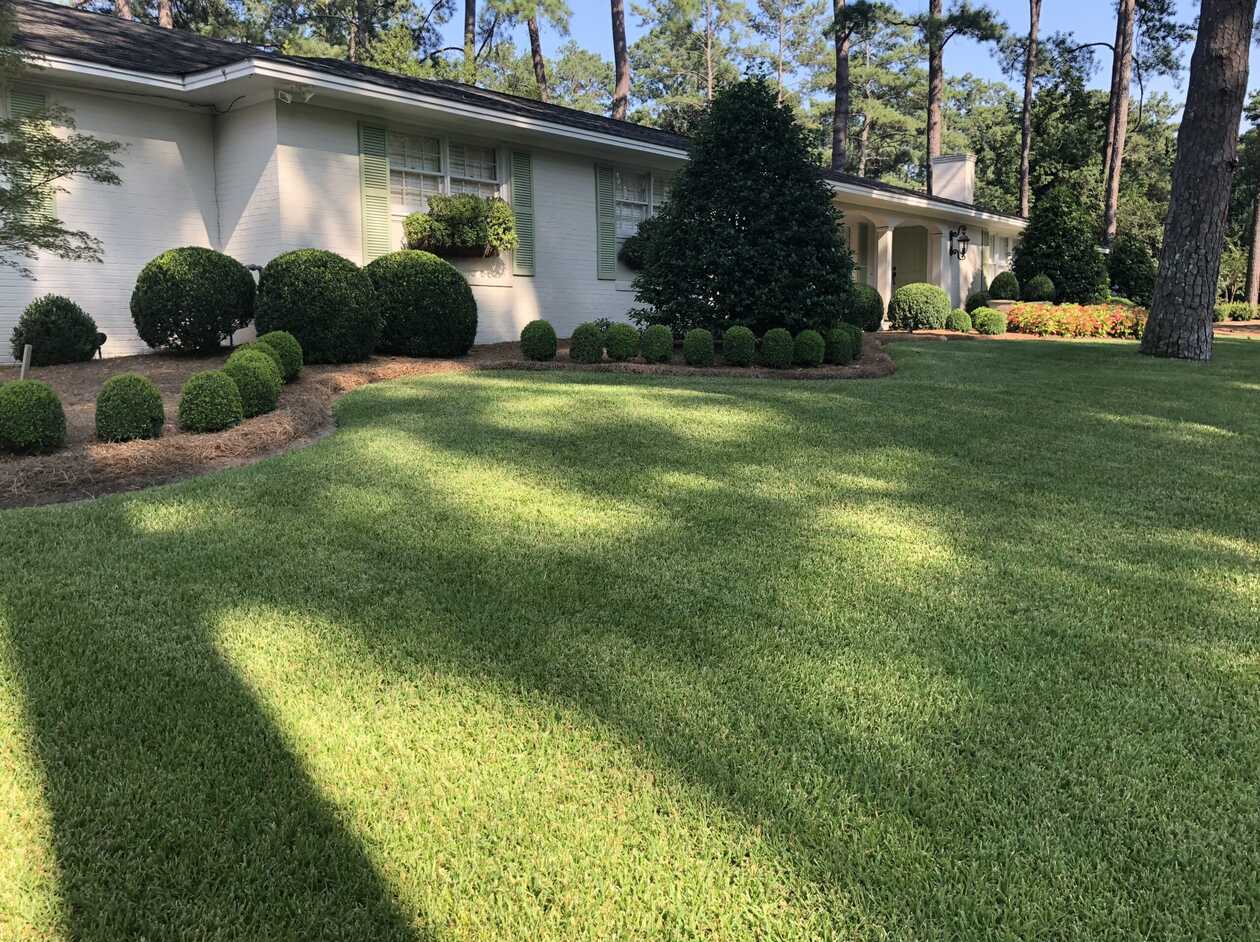
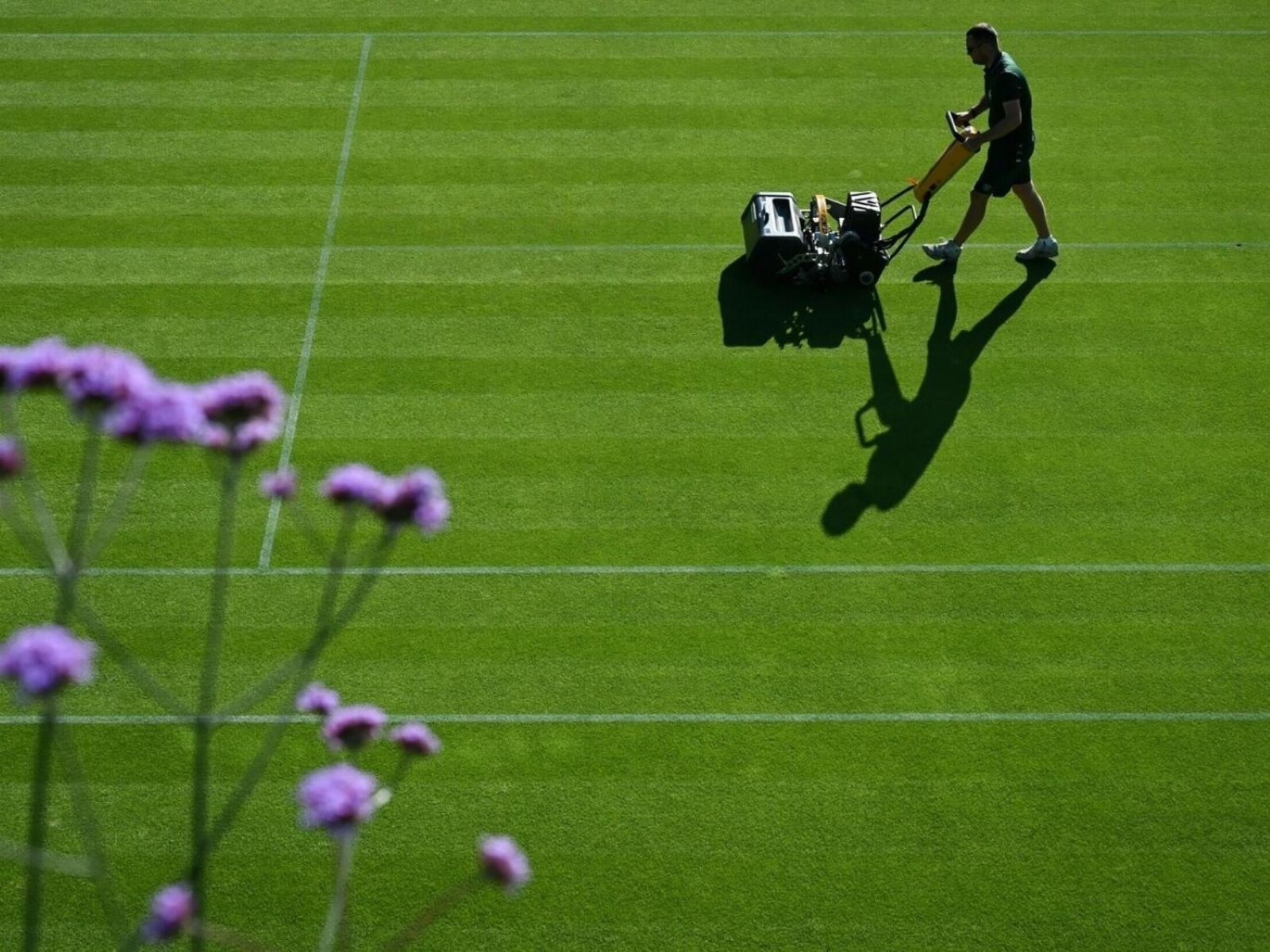
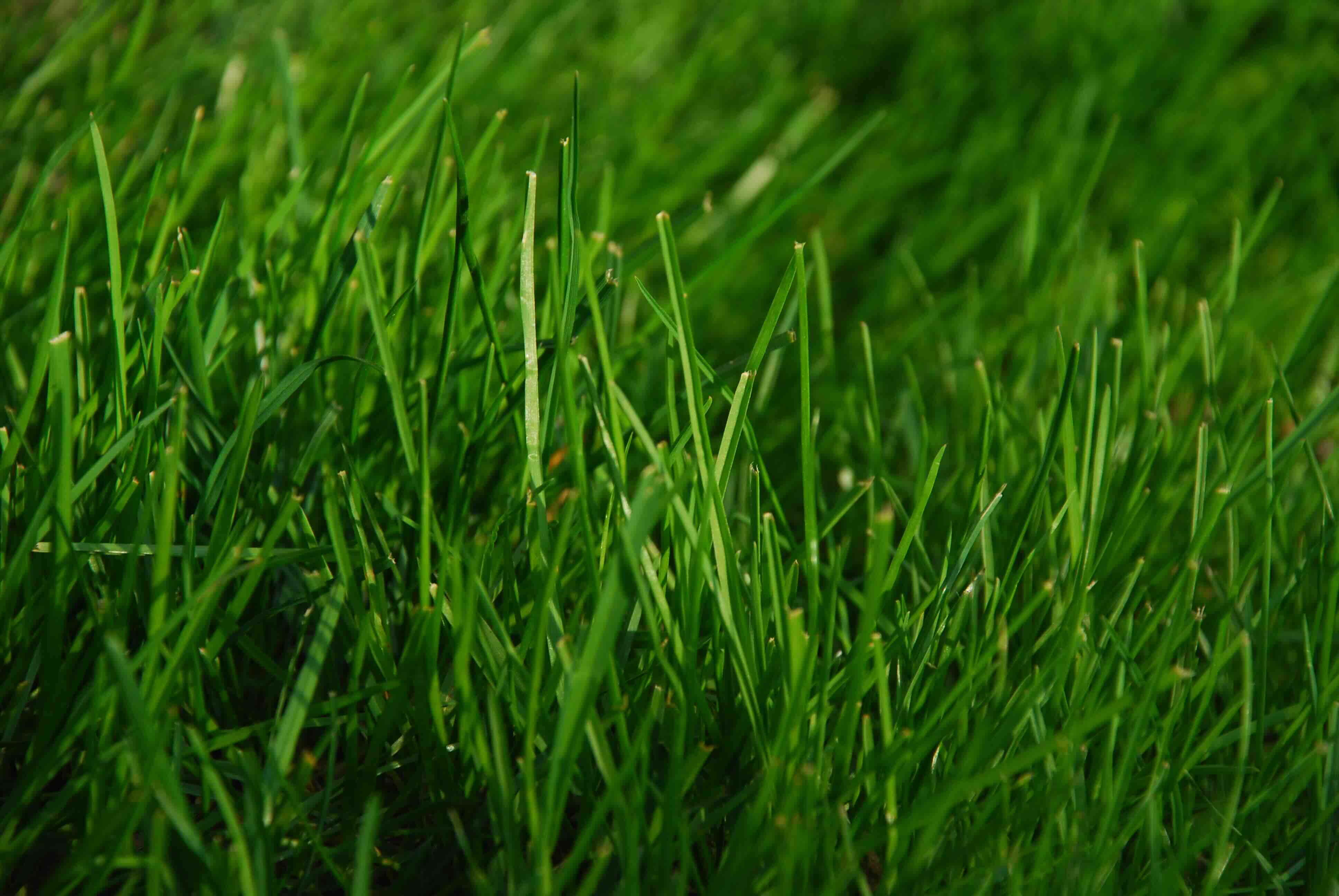
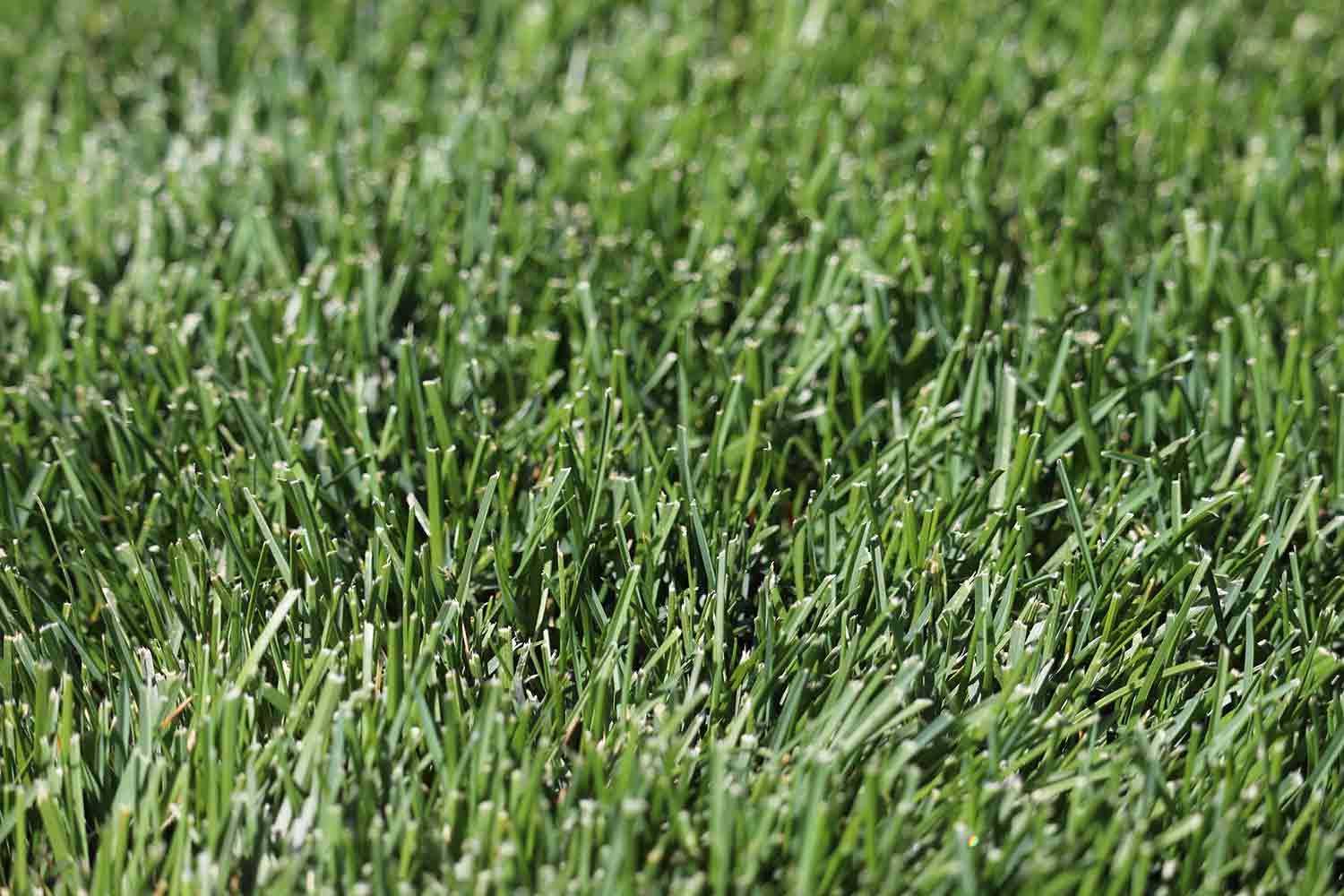
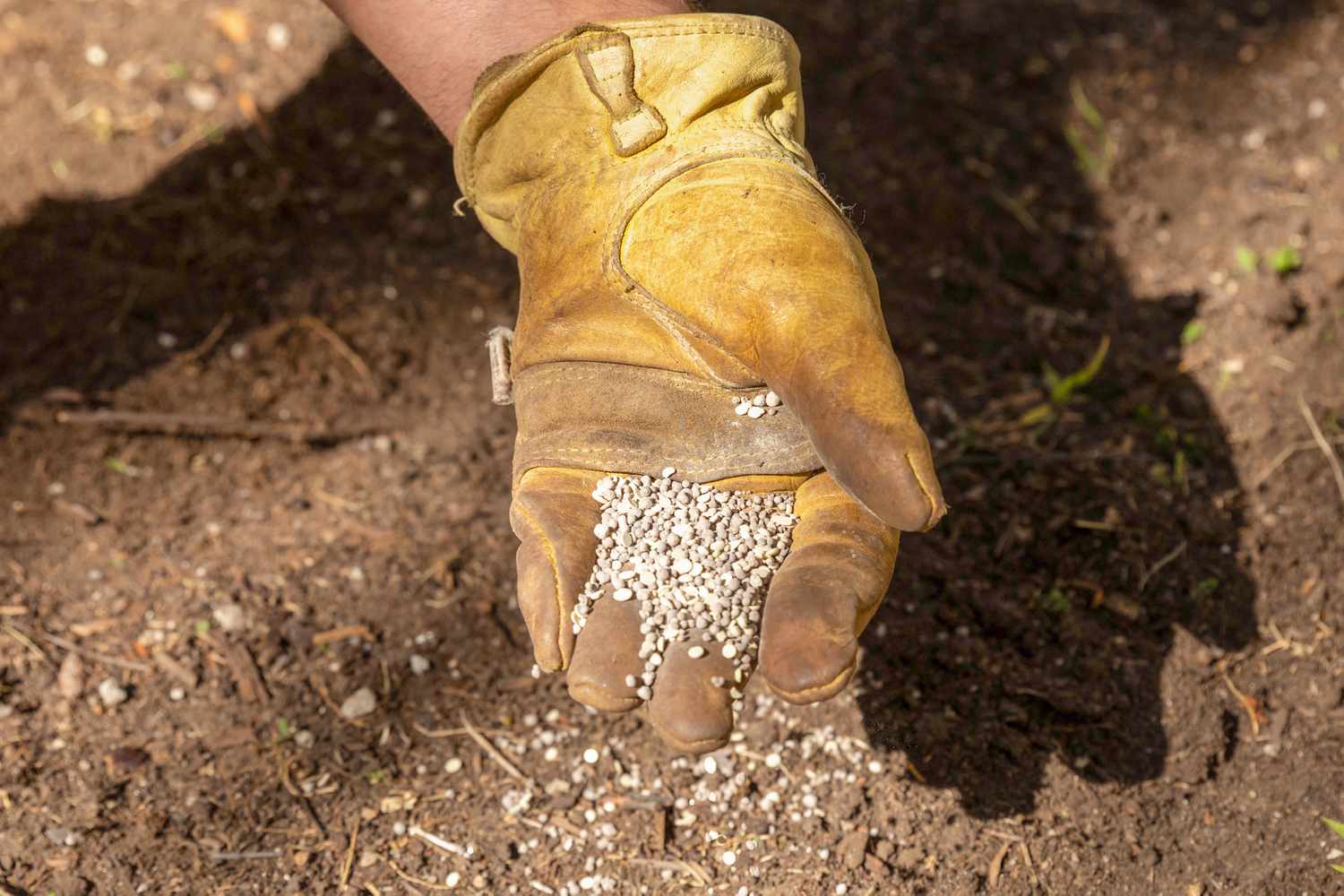
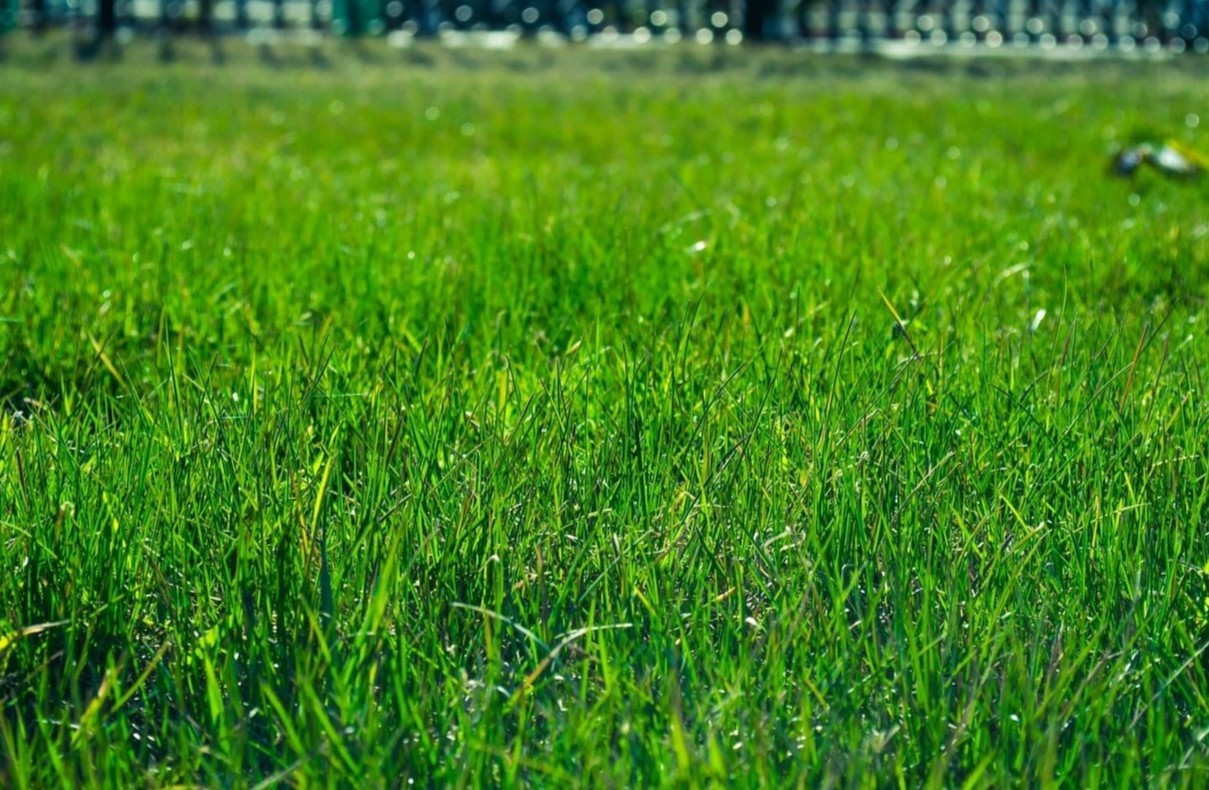

0 thoughts on “What Kind Of Grass Is Straw”